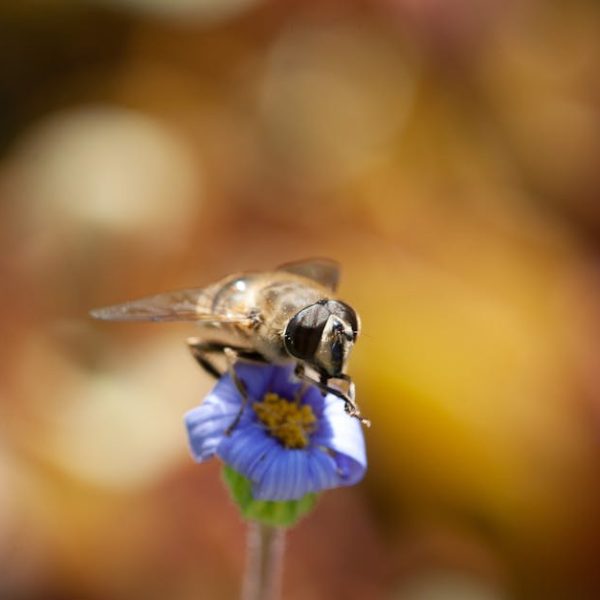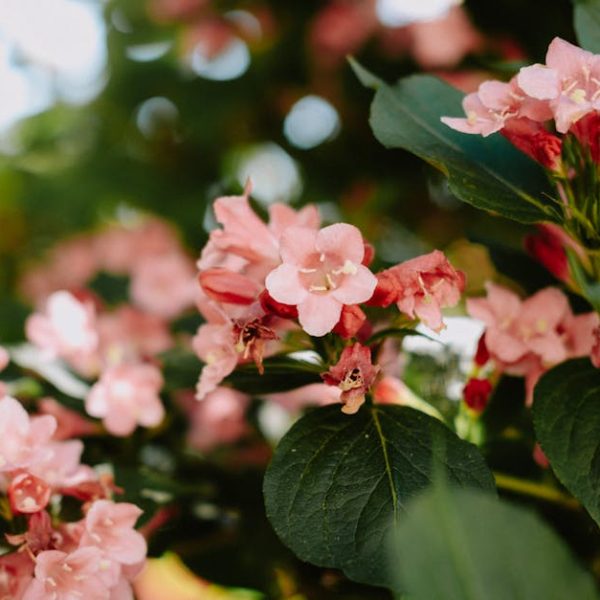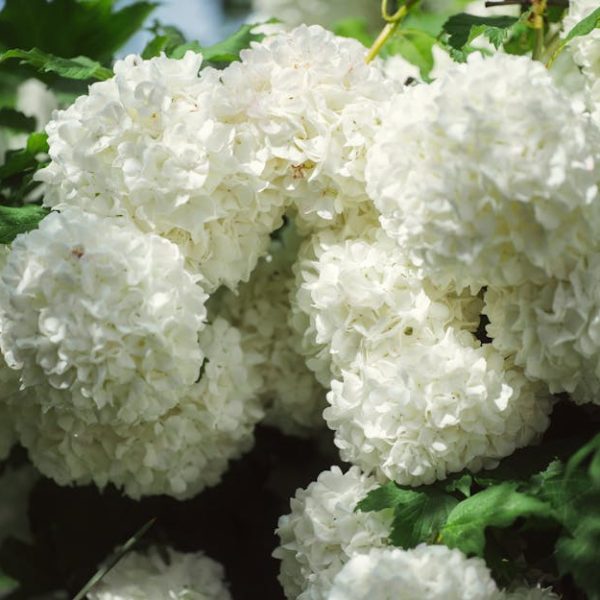Cabbage worms, as caterpillars of cabbage white butterflies, are notorious pests known for their voracious appetite for leafy vegetables. These green caterpillars undergo four stages in their life cycle: eggs, larvae, pupae, and adult butterflies. However, their perception as a significant garden nuisance arises from the larvae, or cabbage worms stage, where they gnaw on the leaves, creating holes and leaving behind a stunted or damaged crop.
A common misconception is the exclusive association of cabbage worms with cabbages. They are indeed ravenous feeders of cabbages but don’t stop there. Other crops like broccoli, cauliflower, collard greens, and kale are equally susceptible to their wrath. Hence, one can say cabbage worm infestations can spell disaster for a garden filled with an array of these leafy greens.
Pro Tip: Early detection of cabbage worm infestation can be a game changer. Lookout for tiny, yellowish-white eggs on the underside of leaves and clusters of tiny black droppings - signature marks of a cabbage worm invasion.
The Benefits of Using Neem Oil for Pest Control
With pest control methods at the forefront of maintaining gardening sanctity, a product stands out in organic farming circles – the Neem Oil. Extracted from the fruits and seeds of neem (Azadirachta indica), an evergreen tree, neem oil embodies an array of biologically active compounds detrimental to pests.
Neem oil stands in the ring against pests with a significant advantage thanks to its bioactive component azadirachtin. This compound interrupts the life cycle of many pests, including cabbage worms, by distressing their hormonal systems. In essence, when applied, the neem oil causes larvae to reduce feeding, thus inhibiting their growth which ultimately leads to death.
In the face-off between synthetic pesticides and neem oil, what sets the latter apart is its environmental-friendly profile. While chemical pesticides can lead to soil pollution, water contamination and can pose a threat to non-target organisms, neem oil affects only pests, causing minimal harm to beneficial herbivores and pollinators, leading to an overall healthier garden ecosystem.
Vs: Comparing Neem oil and Synthetic Pesticides
| Neem Oil | Synthetic Pesticides | |
|---|---|---|
| Environmental Impact | Low / negligible | High |
| Effect on non-target organisms | Minimal / beneficial insects unaffected | Sometimes harmful |
| Cost | Potentially greater upfront purchase cost | Varies according to product and brand |
How to Use Neem Oil for Cabbage Worm Control
Applying neem oil for cabbage worm control is not rocket science! It revolves around a simple application procedure. First, mix neem oil with water following the instructions on the product label. Next, spray the mixture all over the plants, ensuring that the spray reaches the underside of the leaves where cabbage worms thrive.
It is advantageous to schedule the application process early morning or later evening when sun exposure is less intense. Exposure to direct sunlight can cause neem oil to breakdown, reducing its effectiveness. Further, the frequency of application depends on the severity of the infestation, generally recommended once a week until the pests are under control.
Checklist for using Neem oil against Cabbage Worms:
- Purchase organic, cold-pressed neem oil from a trusted source.
- Mix neem oil and water as per the instructions on the product label.
- Spray a fine mist over your plants, ensuring to reach the underside of leaves.
- Schedule application during early morning or later evening.
- Repeat process once a week until control is established over the infestation.
Best Practices: Apply neem oil when the weather is calm to prevent wind from blowing away the spray. Avoid application in precipitation as rain washes away the spray from the plant, reducing its effectiveness.
Effective Cabbage Worm Control: Neem Oil to the Rescue
Understanding Cabbage Worms and their Impact on Crops
Cabbage worms are a common pest that, despite their name, don’t limit themselves to cabbages. They come from the small white butterflies that you might see fluttering around your garden. As the worms munch their way through the leaves of your precious plants, they can have a devastating impact on your crop yield.
Common plants affected by cabbage worms include:
- Cabbages
- Broccoli
- Kale
- Cauliflower
- Brussels sprouts
✓ Pro Tip: Regularly check the underside of your crop leaves. Cabbage butterflies lay small, yellow eggs here, which hatch into destructive cabbage worms.
The Benefits of Using Neem Oil for Pest Control
Neem oil is derived from the seeds of the Neem tree. It contains compounds called triterpenes or more specifically, azadirachtins which impede the life cycle of pests.
Here are a few benefits of using neem oil in pest control:
- Safe for humans and pets
- Biodegradable
- Does not lead to resistance
- Acts as a repellent for many pests
Consider these pros and cons of using neem oil versus conventional pest control
| Neem Oil | Conventional Pesticides | |
| Safe | Yes | No |
| Biodegradable | Yes | No |
| Resistance Development | No | Yes |
| Repellent | Yes | Depends on the product |
How to Use Neem Oil for Cabbage Worm Control
For cabbage worm control, mix neem oil with water typically at a rate of 2 tablespoons of neem oil for every 1 gallon of water. Spray the plant thoroughly, ensuring coverage under leaves where cabbage worms are usually located.
Here’s a checklist to help you with the process:
- Mix neem oil and water.
- Add a few drops of dish soap.
- Shake the solution well.
- Spray all plant parts, especially the underside of leaves.
- Repeat every week for major infestations.
✓ Best Practice: Apply neem oil early in the morning or evening and not under direct sunlight.
Monitoring the Effectiveness of Neem Oil against Cabbage Worms
You can monitor the effectiveness by regularly checking the plants for signs of cabbage worm presence including holes in leaves and droppings.
✓ Pro Tip: Removing infested leaves and destroying them can help curtail the population growth.
The following table provides a comparison of neem oil against other pest management strategies:
| Method | Effectiveness | Crop Safety | Environmental Impact |
| Neem Oil | High | Safe | Low |
| Synthetic Pesticides | High | May impact plant health | High |
| Natural Predators | Variable | Safe | Low |
Potential Limitations and Side Effects of Neem Oil Use
Despite its many benefits, neem oil does have limitations. For example, its bitter taste can make the produce less palatable if not thoroughly washed off. It may also impact beneficial insects if not applied with care.
✓ Pro Tips: Always thoroughly wash the produce before consuming and apply neem oil only to targeted areas to minimize impact on non-pest species.
Key Takeaway:
- Cabbage worms, larvae of cabbage white butterflies, feast on a variety of leafy greens, causing significant crop damage. Early detection can help control their infestation.
- Neem oil extracted from the Neem tree contains azadirachtin, a compound effective in disturbing the life cycle of many pests, including cabbage worms, making it an efficient, organic treatment.
- In addition to being environmentally friendly, neem oil is also safe for beneficial creatures, unlike synthetic pesticides.
- The application process of neem oil involves mixing it with water and spraying on plants, particularly focusing on the underside of the leaves where cabbage worms are found.
- It is essential to monitor the effectiveness of neem oil treatment regularly and adapt the treatment as needed.
- While neem oil is a great pest control solution, it has potential drawbacks such as imparting a bitter taste to the treated plants. Moreover, it might impact non-target beneficial insects if not applied carefully.
Despite the challenges cabbage worms may bring to your garden, remember that with the right techniques, such as the application of neem oil, you can mitigate their impact successfully. Seize control of your garden health and don’t let these pests diminish your hard work. Keep an eye out, apply treatment promptly, and your lush, healthy crops will thank you.
FAQs
Q: Is neem oil safe for all plants?
A: While neem oil is generally safe for most plants, it’s always best to try a small amount on a certain part of the plant first to ensure it doesn’t have an adverse reaction.
Q: Can neem oil be used on edible plants?
A: Yes, neem oil can be used on edible plants. However, the produce should be thoroughly washed before consumption to remove any residual oil.
Q: How soon can we harvest produce after applying neem oil?
A: You should wait at least 24 hours after the application of neem oil before harvesting your produce.
Q: Is neem oil harmful to pets or humans?
A: Neem oil, when used properly, is safe around pets and humans. However, it should not be consumed.
Q: Can neem oil use lead to pests developing resistance?
A: Unlike synthetic pesticides, pests do not develop resistance to neem oil, making it an effective long-term solution.
Remember, every problem has a solution. Feel free to share this article with fellow garden enthusiasts or to explore other informative posts on our website. Happy gardening!






